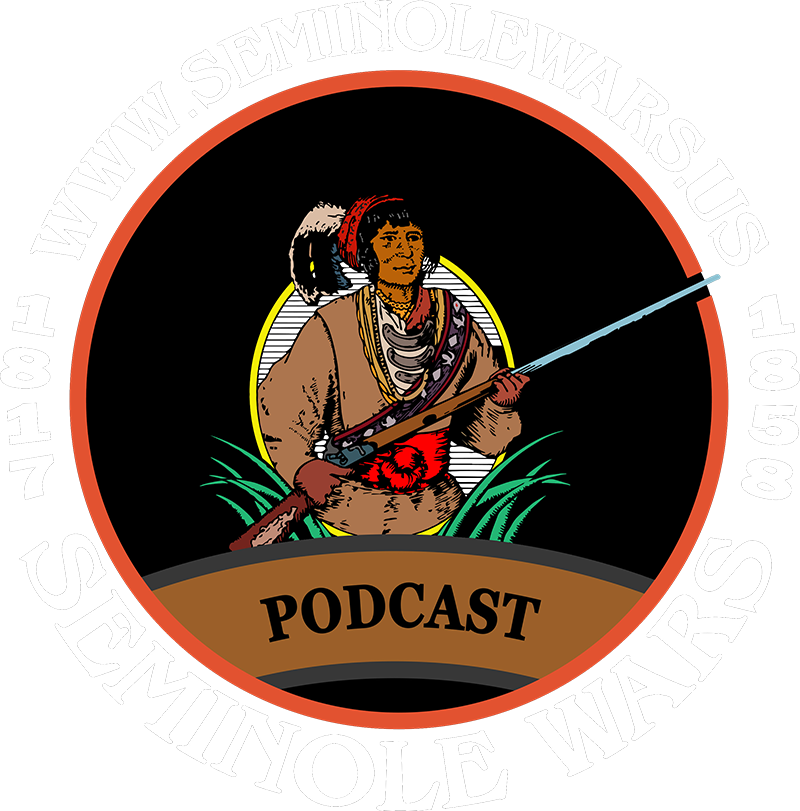The capture and death of the Seminole leader Osceola was one that is steeped in betrayal. Born Billy Powell, his ancestry came from both the Muscogee Creek and most likely the Scottish trader, William Powell. He grew to be one of the most influential Seminole leaders during the Second Seminole War, fighting with determination against the Indian Removal Act. His death was from Malaria, not long after being betrayed under the white flag of truce.
Before the Arrest
When the US Army began to enforce the Indian Removal Act, a Seminole leader arose. Osceola was deeply affected by the events at Payne’s Landing in 1832 and angered by the various Seminole chiefs who agreed to leave Florida. He formed a group of Seminoles to resist the US Army, stressing a provision in the treaty which would permit black Seminoles to be seized and returned to slavery. His influence eventually convinced the chiefs to fight, rather than be removed from their homeland.
In response, Indian agent Wiley Thompson, who Osceola had once shared a mutual respect with, summoned the Seminole leaders, including Osceola, to Fort King to sign a contract that reaffirmed their acceptance of the Payne’s Landing treaty. Despite their pledge to Osceola to fight, sixteen of the chiefs signed that document and agreed to deliver their people to Tampa Bay for removal.
A Contract By Force
Thompson knew that Osceola opposed the treaty and decided to coerce his agreement by force. He ordered Osceola’s arrest, an action that the Seminole leader considered barbaric. He was seized, placed in irons, and put into the fort’s prison. While Osceola was sorely embittered by this heavy-handed persuasion to sign the treaty, he agreed if he were released. Not only did Thompson do so, but he gave Osceola a gift of a silver-plated Spanish rifle.
What Thompson wasn’t aware of is that Osceola had no intention of honoring the contract he was forced to sign. On December 28, 1835, Osceola led two attacks on the United States troops. This is what escalated the situation to war.
Twenty-five miles north of where Dade’s troops were being attacked, Osceola was launching his own attack, in which he shot and killed Thompson with the same rifle that was gifted to him in the trade dispute. Though a few officers tried to strike back, they were shot down by the Seminoles.
The aggressions continued, and in the Spring of 1837, some of the chiefs came to General Jessup with a promise to go south and prepare for removal from Florida. Many had come to the fort, including Osceola and Coacoochee, but the arrival wasn’t sincere. They made the peace for the purpose of buying time to plant their crops. Afterwards, they hid in the Everglades.
The Betrayal
Unable to find and kill Osceola and his men affectively, General Thomas Jessup used trickery to lure them. Osceola had sent word to General Jessup that he was willing to parley, along with a beaded peace pipe and a white plume. In October of 1837, they baited Osceola by waving a white flag of truce and inviting him and his followers to peace talks. Osceola came prepared for a meeting, not surrender. While there, he was taken prisoner and kept at Fort Marion under the guardianship of Captain Pitcairn Morrison. In December, about twenty Seminole warriors managed to escape, but Osceola’s health was failing at that time. Because of the escape, he was transferred to Fort Moultrie in South Carolina, where he spent the final month of his life.

* Image is of a poem found in the Southern Argus on Tuesday, April 10, 1838.


